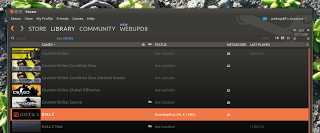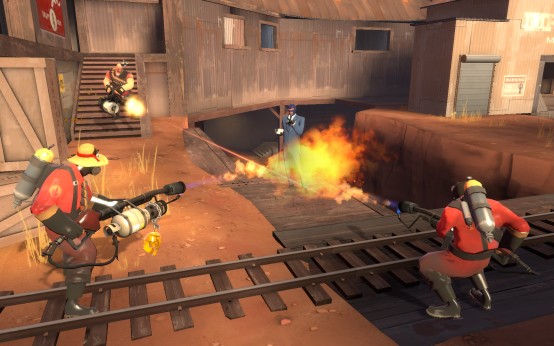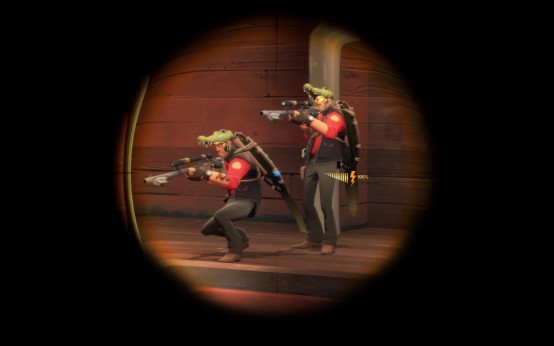The Dota 2 heroes are rarely missing from every
game we see these days and can be categorized in three groups.
First Tier – The Essentials
First
are the versatile heroes with several lane options and great team fight
potential like Nyx Assassin, Magnus etc.
The
second group includes usual participants of the trilanes that have been quite
prevalent in tournaments for the past few weeks, after the craze of pulling mid
neutral camps died down. Heroes like Keeper of the Light, Shadow Demon,
Undying, Wisp and Gyrocopter can support the trilane’s carry and help with
their disables to get the advantage over the opponent’s trilane.
The
most popular carries are in the third group of the essentials. Lifestealer with
his innate BKB is a popular choice while teams also seem to have discovered the
power of the agility buffed Phantom Lancer, with his great split pushing
ability.
Second Tier – The Standards
Here we find the heroes that may not be as hot
and ‘trendy’ as first tier’s but they are often seen in tournaments, usually
picked in the second phase (3rd to 5th pick). This tier is populated with a lot
of mid lane dota 2 tournaments heroes who can dictate the game’s pace; Queen of Pain, Templar
Assassin, Brewmaster, and Rubick. Clinkz is a versatile hero that has been
tried solo in all three lanes and can snowball off killing squishy supports,
once he farms his Orchid.
Enigma and Chen are two very fast junglers who
also have ganking potential in the early game and can help push quickly with
the aid of their summons. For that very strategy, Luna is a popular choice that
can gain control of the early game while still being one of the best farmers in
the game. Chaos Knight and Sven are two carries that are usually paired with
Wisp to spread panic in enemy lines, although some teams prefer them in other
roles – CK as a secondary carry and Sven as a support. Bounty hunter’s Track is
recognized as one of the strongest ultimates that can help turn a game around,
that’s why he is a regular pick as offlane solo. On the support front, Lina’s
stun and decent scaling damage have made her a usual participant in trilanes.
Third Tier – The Why-nots
This tier consists of the alternative picks that
may not appear frequently but several pro players consider their favourite
heroes. The main group involves once more mainly mid heroes that need the early
levels to dominate; Night Stalker, Shadow Fiend, Puck, and Tinker. Next group
contains versatile heroes that often fill the final missing spot in a lineup
and play completely differently depending on their level of farm. Windrunner,
Leshrac and Nature’s Prophet offer great pushing, disables and, if you want to
invest in it, terrible terrible damage. Naga Siren and Faceless Void are two
carries that are not seen as often as six months ago, the former due to patch
nerfs and the latter due to tactics that require the carry to participate much
earlier in team fights and ganking attempts. Bane, Sand King and Jakiro are
handy heroes for trilanes and can also change the flow of every teamfight with
their spells, thus making them frequently picked.
Fourth Tier – The Surging and the Dwindling
Here lie the trends of the past and the future.
Picks that were fought over as recently as the International are now rarely
seen, like Invoker, Tidehunter and Enchantress. Heroes like Weaver and Storm
Spirit are also used more as surprise picks or specific counters to opponent
strategies. The ever-present Anti-Mage has also fallen hard.
One the other hand, we have heroes that have that
are making their entrance in several games, enough to be noticed and perhaps
picked more often in the future. Visage is an extremely useful tool for a
trilane, (FLUFF can vouch for that) as is Vengeful Spirit, who is also a part
of early pushing compositions because of her aura. The list is completed by
Alchemist (constantly buffed over the last patches, Tiny (Wisp’s second best
buddy), Clockwerk (who is becoming a decent offlane option) and Kunkka (whose
teamfight potential is beginning to be discovered).


.jpg)




